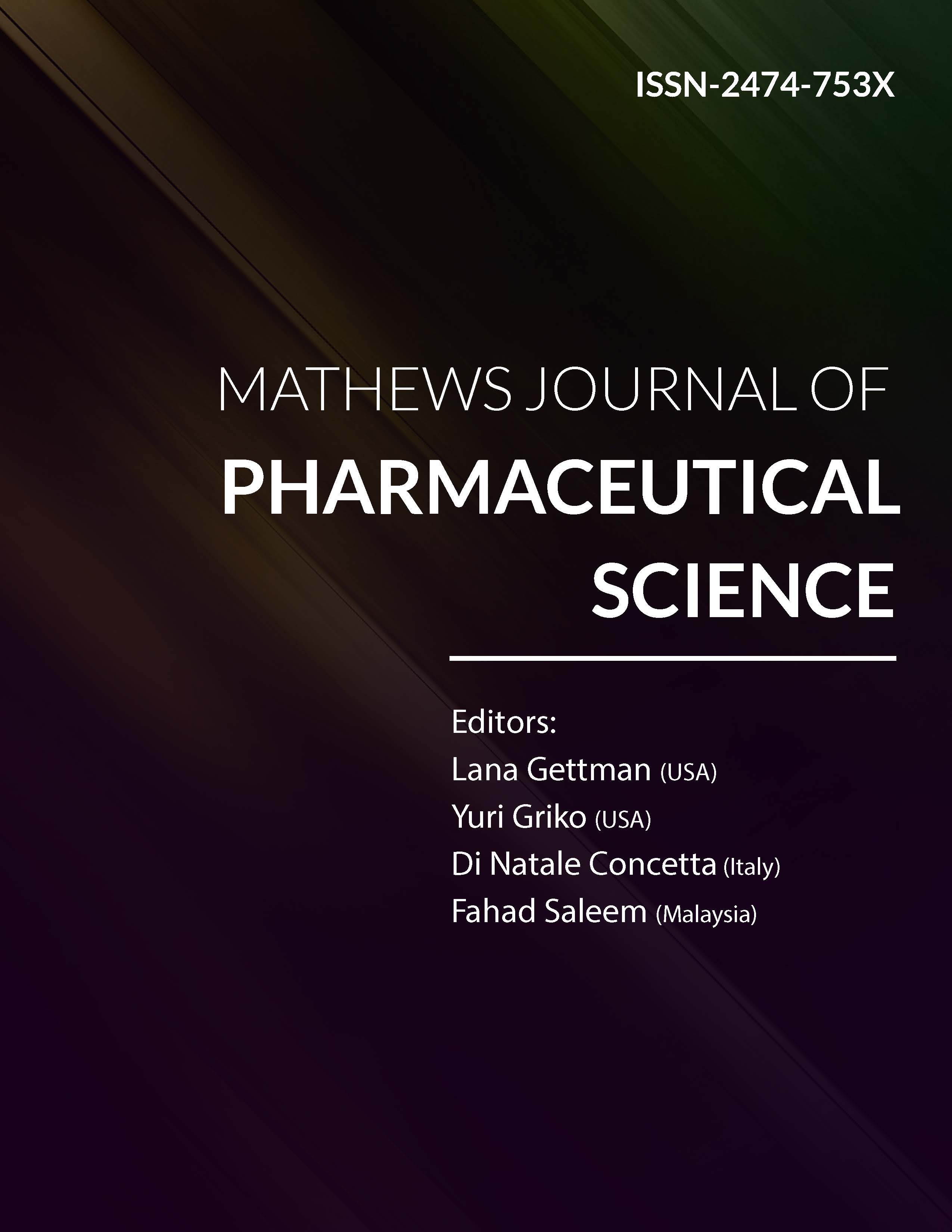
Information Links
Previous Issues Volume 2, Issue 1 - 2017
A Review on Transdermal Spray: Formulation Aspect
Uttam Kumar Mandal1 , Bappaditya Chatterjee1 , Fatin Husna Binti Pauzi1
1National Institute of Water and Atmospheric Research, Private Bag 14-901, Wellington 6241, New Zealand.
2Department of Biological Chemistry, University of Michigan Medical School, Ann Arbor, MI 48109, USA.
3Institute for Drug Discovery, P.O. Box 45289, Jerusalem 91451, Israel.
Corresponding Author:Department of Pharmaceutical Technology, Kulliyyah of Pharmacy, International Islamic University Malaysia (IIUM), Kuantan, Malaysia, Tel: +60109062750; E-Mail: [email protected]
Received Date: 22 Feb 2016
Accepted Date: 24 Mar 2016
Published Date: 30 Mar 2016
Copyright © 2016 Mandal UK
Citation: Mandal UK, Chtterjee B and Pauzi FHB. (2016).A Review on Transdermal Spray: Formulation Aspect. Mathews J Pharm Sci. 2(1):006.
ABSTRACT:
Transdermal spray offers numerous advantages over the other conventional transdermal drug delivery forms such as gel, ointment and patches, in terms of its cosmeceutical appearance, ready availability for application, flexibility in dosage design, less occurrence of skin irritation and faster drying rate from the application site due to the use of volatile solvent. However, compared to other transdermal drug delivery dosage forms, transdermal spray has the least and limited number of products approved for marketing. Among the drugs are, Evamist ®, an estradiol formulation approved in 2007 by the FDA followed by Axiron ® a non-spray solution to treat low testosterone in men and Recuvyra ®, a pain reliever solution indicated for dogs. This review article focuses current status on the formulation and evaluation of transdermal spray in the background of the role and effects of its composition specially the selection of drugs, volatile solvents, penetration enhancers and film forming polymer, etc. The limitation of transdermal spray highlighted in this review is the concern of its use, especially, the third party exposure particularly for endocrinology indication. Moreover, transdermal spray is also restricted in drugs with large doses due to the limited diffusivity into the skin. The difficulty of exploiting hydrophilic drugs like peptides, macromolecules and new genetic treatments using DNA or small-interfering RNA (siRNA) into transdermal spray formulations is also a limitation that needs to be explored in depth.
KEYWORDS:
Transdermal Drug Delivery; Transdermal Spray; Stratum Corneum; Permeation Enhancer; Transdermal Flux.